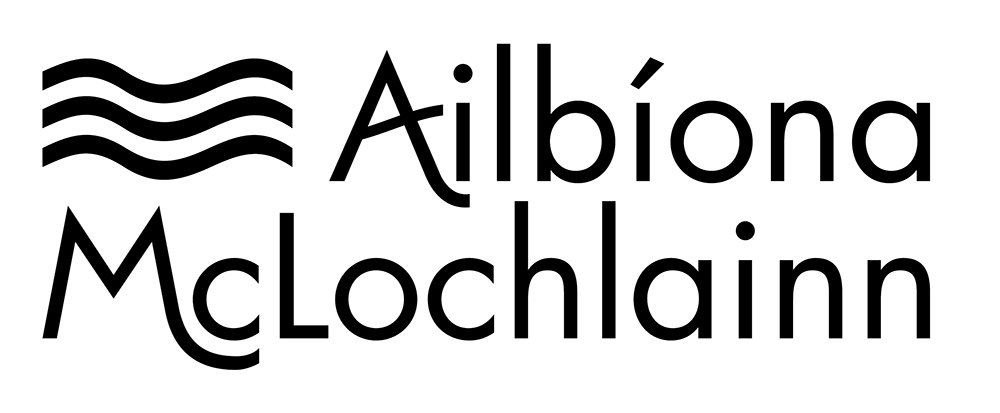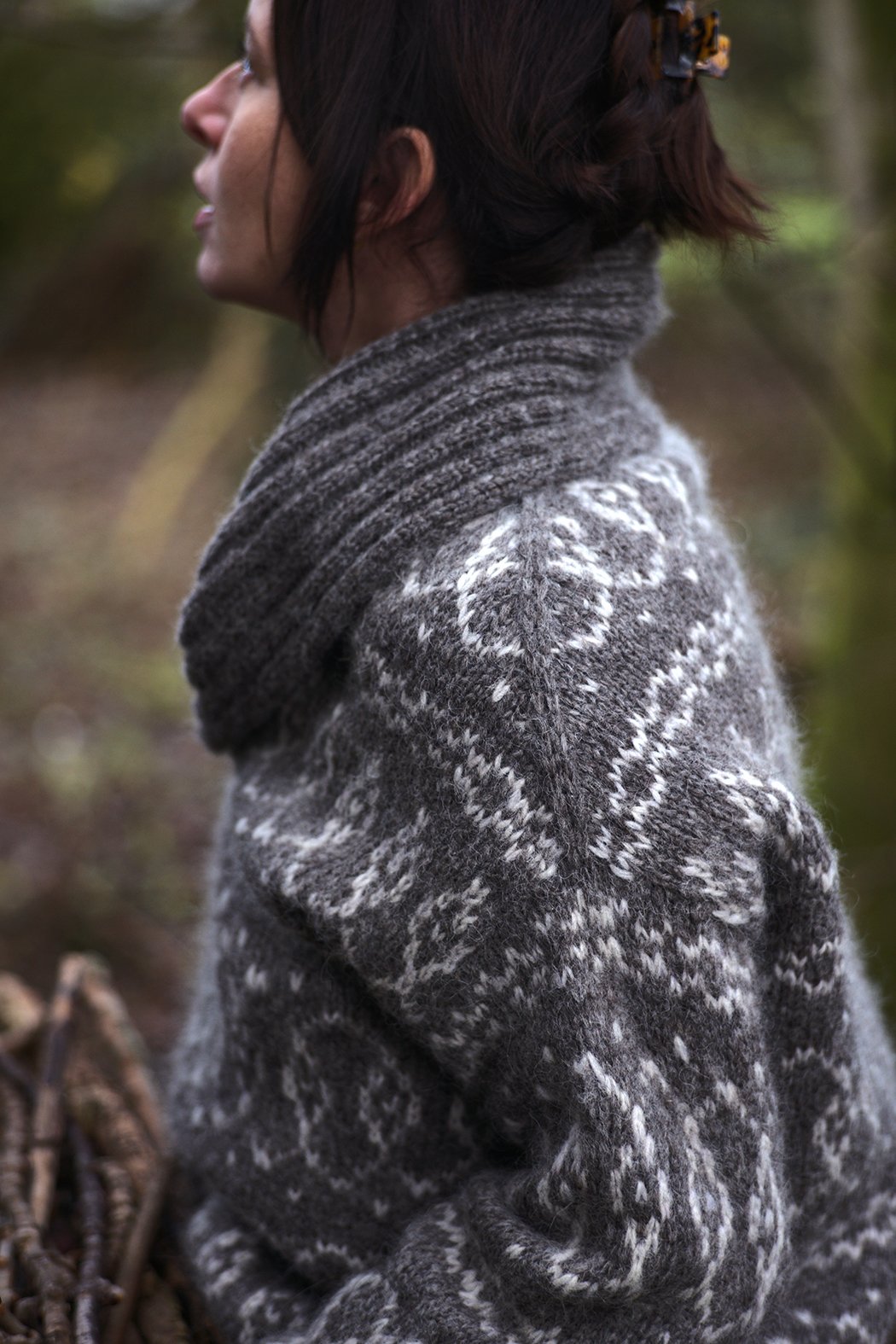…….
MATERIALS & INFORMATION
Sizing
Size 1 (2, 3, 4, 5, 6, 7, 8, 9, 10)
garment measures as follows around chest circumference:
90.5cm/ 36.25” (99cm/ 39.5”, 107cm/ 42.75”, 115.5cm/ 46.25”, 123.5cm/ 49.5”, 132cm/ 52.75”, 140cm/ 56”, 148cm/ 59.25”, 156.5cm/ 62.5”, 164.5cm/ 65.75”)
Fit
Designed to be worn with at least 10cm/ 4” of ease.
Gauge
17 sts x 22 rounds = 10cm x10cm/ 4” x 4”
in stranded colourwork for main fabric
Needles
5mm, or as needed to meet gauge for main fabric
Yarn
suitable for steekable yarns, DK-Aran weight
(approximately 160-200m/ 175-225y per 100g/ 3.5oz)
or equivalent (see Notes below)
Yarn Quantities Required
(assuming full-length bodice and Aran-weight):
BC: 4 (4, 4, 5, 5, 5, 6, 6, 7) 100g skeins
CC: 2 (2, 2, 2, 2, 2, 3, 3, 3) 100g skeins
Notions
stitch markers, measuring tape, scissors, steam iron, sewing needle, sewing thread colour-matched to BC
Special Techniques
stranded colourwork, steeking, decreasing in pattern, picking up sts from edge, provisional cast-on,
hand-stitching
Construction
The Bodice and Yoke are worked in the round bottom up, with steeked armholes and neckline. After the steeks are cut open, stitches are picked up around the armholes and sleeves are worked in the round top-down. The vertically ribbed collar is worked as a separate piece, back and forth flat. It is then sewn into the neckline. Detailed instructions, as well as illustrations, are provided.
Options
options include:
. full-length vs cropped bodice
. sleeves vs sleeveless
. shawl collar vs v-neck
This pattern is suitable for masculine proportions. If knitting for men: Choose the full-length option for the bodice, and reduce ease to a maximum (rather than a minimum) of 10cm/ 4”
…….
Notes on Yarn Selection
This pattern will work with any steekable (feltable) yarn that can be worked at the stated gauge. This includes:
. DK to Aran weight yarn with traditional meterage
. fingering to sportweight yarn held double
. unspun wool held double
. fingering to sportweight yarn held together with a lace-weight strand of mohair
Determining Whether Your Yarn is Steekable
Yarns suitable for steeking are generally 100% wool, non-super wash treated, and woollen spun. If a yarn is described as suitable for felting, you can assume it is steekable. To determine with certainty whether your yarn is steekable, knit a swatch in the round and cut it open vertically, as you would a steek. If the fabric is stable, the yarn is suitable. If the fabric frays and unravels uncontrollably, the yarn is not suitable.
Samples Info.
all samples were made with Honer och Eir Nutiden, held double
the model is a size 12/14 UK (44 EU, 8 US), with a 90cm/ 36” chest
Grey Sample:
Size 4, full-length bodice & shawl collar
Green Sample: Size 3, cropped bodice & shawl collar
Mauve Sample: Size 3, cropped bodice, vest option & v-neck
Note: A very close commercially-available equivalent to this yarn is Lettlopi, held single stranded. (Do not use Plotulopi held double; it is heavier than Nutiden and the result will be too thick.)






